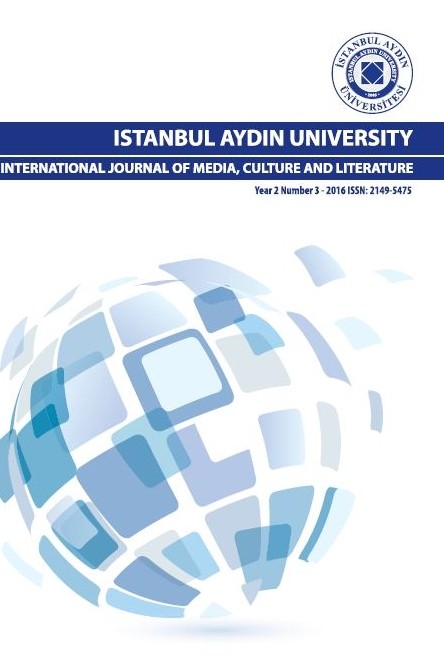The Importance of Placing Digital Media in Education
The Importance of Placing Digital Media in Education
The usage of social media among the students in education has increased rapidly and become widespread, but nowadays there have been warnings to the students at schools merely about what should not be done in social media. However, the inclusion of social media in formal education will provide positive contributions to teachers and students alike. The main philosophies of media literacy education should be; “The ability to protect students against the negative effects of the media and not to bring prohibitions and limitations for this purpose, to understand the media correctly, to take advantage of the beneficial aspects that will contribute to personal development and to eliminate its harmful effects”. In this article, the importance of adopting social media into the educaional system and its educational achievements will be discussed.
Keywords:
Media Literacy, Mass Media Teaching Methods,
___
- Bergsma, L. J.2008. Effectiveness of health-promoting media literacy education: a systematic review. Health Education Research 23 (3):522542. Brown, J. A. 1998. Media literacy perspectives. The Journal of Communication 48 (1):44-57. Buckingham, D.2007. Media education goes digital: an introduction. Learning,
- Media and Technology 32 (2):111-119. Byrne, S. 2009. Media literacy interventions: What makes them
- boom or boomerang? Communication Education 58 (1):1-14 Duggan, M., Ellison, N. B., Lampe, C., Lenhart, A., & Madden, M. (2015, January). Social media update 2014. Pew Research Center. Retrieved from http:// www.pewinternet.org/2015/01/09/social-media-update-2014 Gotcher, J. M., and M. Duffy. 1997. In
- their own words: Using media artifacts to teach media literacy. Journal of the Association for Communication Administration 2:125-132. Hobbs, R., and R. Frost.2003. Measuring the acquisition of medialiteracy skills.
- Reading Research Quarterly 38 (3):330–355. Kellner, D., and J. Share. 2005. Toward Critical Media
- Literacy: Core concepts, debates, organizations, and policy. Discourse: Studies in the Cultural Politics of Education: Routledge 26 (3):369-386. Lenhart, A. (2015, April). Teens, social media and technology overview 2015. Pew Research Center. Retrieved from http://www.pewinternet. org/ files/2015/04/PI_TeensandTech_Update2015_0409151.p Lewis, J., and S. Jhally. 1998. The struggle over
- media literacy. The Journal of Communication 48(1):109-120. 46 The Importance of Placing Digital Media in Education Lim, S. S., and E. Nekmat. 2008. Learning through ‘prosuming’: Insights from media literacy programmes in Asia. Science Technology & Society 13 (2):259-278. Livingstone, S. 2008. Engaging with media - a matter of literacy? Communication, Culture & Critique 1(1):51-62. Meyrowitz, J. 1998. Multiple media literacies. The Journal of Communication 48 (1):96-108. Peppler, K. A., and Y. B. Kafai. 2007. From SuperGoo to Scratch:
- exploring creative digital media production in informal learning. Learning, Media and Technology 32 (2):149 - 166. Primack, B. A., J. Sidani, M. V. Carroll, and M. J. Fine. 2009. Associations between smoking and
- media literacy in college students. Journal of Health Communication 14 (6):541-555. Rosenbaum, J. E., J. W. J. Beentjes, and R. P. Konig.2008. Mapping media literacy: Key concepts and future directions. Communication Yearbook
- ISSN: 2149-5475
- Başlangıç: 2015
- Yayıncı: İstanbul Aydın Üniversitesi
Sayıdaki Diğer Makaleler
Primary Symbols in Keats’ “La Belle Dame sans Merci”
The Enchantment of Goblin Market
Fulya ŞİRKET, Gillian Mary Elizabeth ALBAN
The Importance of Placing Digital Media in Education
Translingual Approach to Teaching Writing and Corrective Feedback
Demet YİĞİTBİLEK, İdil Gülnihal YAZICI
